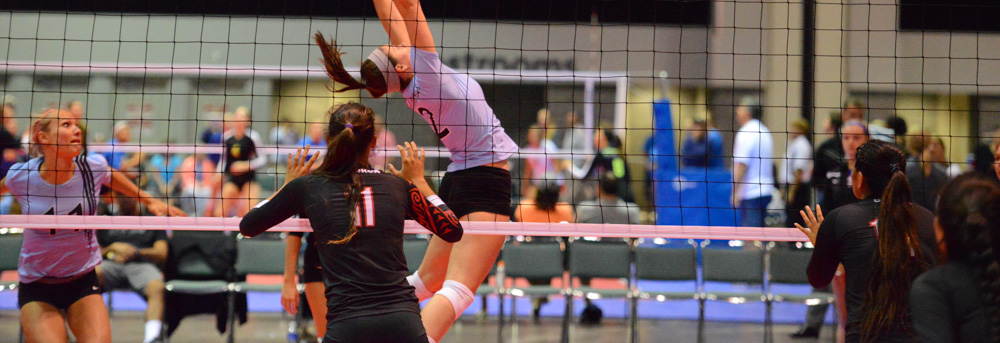High-Yield Homework
Learning to squat? Do your homework.
When working with a group of athletes interested in mastering the squat to increase mobility and performance, I’ve come to expect certain patterns:
1) Roughly ten percent will have the motor control and mobility to execute a squat, and comfortably sit in the bottom position with feet together and heels on the floor.
2) About twenty percent will have significant mobility deficits that prevent them from reaching the bottom position with toes pointed forward and heels on the floor.
3) The remaining seventy percent will be able to reach the bottom position, but will vary in their ability to hold it comfortably and bring their feet together.
Thus, pretty much everyone has ample room for improvement!
The following four mobilizations, if performed briefly (i.e. 10-15 minutes) but regularly (i.e. daily) over a period of several weeks, will result in a dramatic increase in hip and ankle mobility, with increased success and comfort executing a squat:
1) Simply “hanging out” in the bottom position of the squat for as long as possible, starting with feet apart and toes pointed forward, gradually moving feet together as increasing mobility allows. See Starrett’s “first of many beat-downs”:
2) The infamous “Couch Stretch”, performed for 3-4 minutes on each leg:
3) Retry the bottom position of the squat again, looking for improvement.
4) Finish with attempting 10 reps of body-weight Wall Squats, seeing how close you can get your toes to the wall, with toes straight ahead and proper attention to motor cues. Check out Chris Spealler’s “Squat Therapy” for a great example – you don’t need to squat onto a box or stool, but it’s nice to check depth if available:
These four steps only take 15 minutes, but pay great dividends for the athlete looking to begin her mobility journey and master fundamental movement patterns.
Oh, and one more point on the importance of “toes forward” – here is an entertaining look at how foot position impacts your ability to generate torque through “spreading the floor” to stabilize the knees, and thus prevent valgus knee collapse under load:
